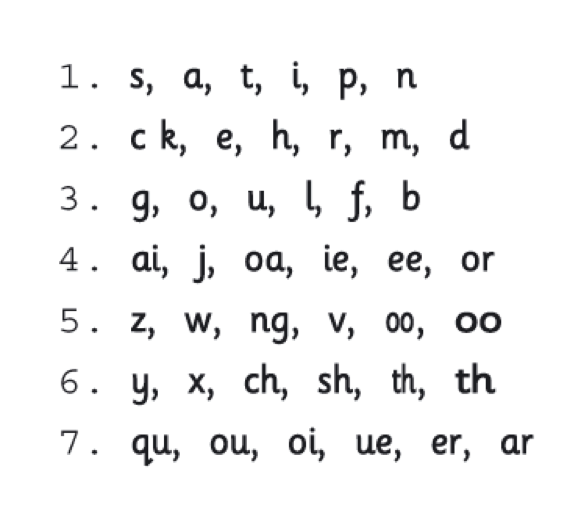Phonics.
Our approach to learning phonics in EYFS (Early Years Foundation Stage) and KS1 (Key Stage 1) is through using a phonics programme that has systematic progression with clear expectations. We use the Twinkl phonics programme and all staff are clear about the expected pace of learning and our pupils are successful in their phonics learning.
Our Phonics programme prepares pupils to learn to read, by developing their phonic knowledge and skills. A detailed programme for teaching phonic skills is used, with the aim of pupils becoming fluent readers by age seven.
After thorough research and the accreditation of Twinkl Phonics and all the improvements they have made linked to research we have decided to continue to offer our pupils effective phonics teaching through Twinkl Phonics. The impact of this well embedded phonics programme has led to Above National Year One Phonics Screening Results. In 2024 88% of our Year 1 pupils achieved the standard for the Phonics Screening.
Parent information about Phonics - parents_phonic_info.pdf
Twinkl Phonics
Twinkl Phonics is a fun and child centred approach to teaching literacy through synthetic phonics. With actions for each of the 42 letter sounds, the multi-sensory method is very motivating for children and teachers, who can see their students achieve. The letter sounds are split into seven groups as shown below.
Letter Sound Order
The sounds are taught in a specific order (not alphabetically). This enables children to begin building words as early as possible.
The five skills taught in Twinkl Phonics

-
Learning the letter sounds - Children are taught the 42 main letter sounds. This includes alphabet sounds as well as digraphs such as sh, th, ai and ue.
-
Learning letter formation - Using different multi-sensory methods, children learn how to form and write the letters.
-
Blending - Children are taught how to blend the sounds together to read and write new words.
-
Identifying the sounds in words (Segmenting) - Listening for the sounds in words gives children the best start for improving spelling.
-
Tricky words - Tricky words have irregular spellings and children learn these separately.
So, what exactly is phonics?
Words are made up from small units of sound called phonemes. Phonics teaches children to be able to listen carefully and identify the phonemes that make up each word. This helps children to learn to read words and to spell words
In phonics lessons children are taught three main things:
GPCs
They are taught GPCs. This stands for grapheme phoneme correspondences. This simply means that they are taught all the phonemes in the English language and ways of writing them down. These sounds are taught in a particular order. The first sounds to be taught are s, a, t, p.
Blending
Children are taught to be able to blend. This is when children say the sounds that make up a word and are able to merge the sounds together until they can hear what the word is. This skill is vital in learning to read.
Segmenting
Children are also taught to segment. This is the opposite of blending. Children are able to say a word and then break it up into the phonemes that make it up. This skill is vital in being able to spell words.
What makes phonics tricky?
In some languages learning phonics is easy because each phoneme has just one grapheme to represent it. The English language is a bit more complicated than this. This is largely because England has been invaded so many times throughout its history. Each set of invaders brought new words and new sounds with them. As a result, English only has around 44 phonemes but there are around 120 graphemes or ways of writing down those 44 phonemes. Obviously we only have 26 letters in the alphabet so some graphemes are made up from more than one letter.
ch th oo ay (these are all digraphs - graphemes with two letters)
There are other graphemes that are trigraphs (made up of 3 letters) and even a few made from 4 letters.
Another slightly sticky problem is that some graphemes can represent more than one phoneme. For example ch makes very different sounds in these three words: chip, school, chef.
So why bother learning phonics?
In the past people argued that because the English language is so tricky, there was no point teaching children phonics. Now, most people agree that these tricky bits mean that it is even more important that we teach phonics and children learn it clearly and systematically. A written language is basically a kind of a code. Teaching phonics is just teaching children to crack that code. Children learn the simple bits first and then easily progress to get the hang of the trickier bits.





